Logistic Models And Their Use: Complete Explanation, Examples And More
A logistic model describes population growth that is initially exponential but slows down as the population reaches a maximum sustainable size, known as the carrying capacity. The logistic model is expressed using a first-order nonlinear differential equation. For additional educational resources,. For additional educational resources U.S. Department of Education website.
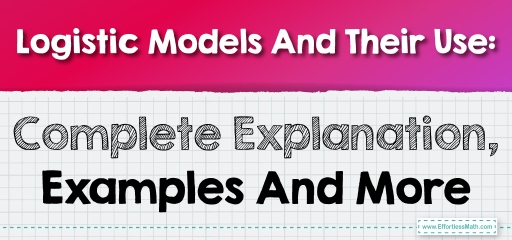
The key feature of Logistic Models is their incorporation of a self-limiting mechanism through the carrying capacity. This non-linear feedback ensures growth slows as resources become scarce. Additionally, the S-shaped logistic curve effectively captures phases of initial rapid growth, stabilization, and equilibrium, making it versatile for diverse real-world applications. For additional educational resources,.
Logistic Growth Differential Equation:
The logistic growth model is governed by the following differential equation:
\(
\frac{dP}{dt} = r P \left(1 – \frac{P}{K}\right)
\)
Where:
- \(P(t)\): Population at time \(t\).
- \(r\): The intrinsic growth rate of the population.
- \(K\): Carrying capacity (the maximum population size the environment can sustain).
- \( \frac{dP}{dt} \): The rate of change of the population over time.
Key Components of the Equation:
- Exponential Growth Term \((rP)\): When the population size is much smaller than the carrying capacity \((P \ll K)\), the population grows exponentially according to \(rP\).
- Limiting Factor \(\left(1 – \frac{P}{K}\right)\): This term limits the growth as the population approaches the carrying capacity \(K\). When \(P\) is small, this factor is close to \(1\), allowing for exponential growth. As \(P\) increases toward \(K\), this factor decreases, slowing down the growth rate.
- Behavior at \(P = K\): When the population size reaches the carrying capacity \(P = K\), the differential equation becomes \(\frac{dP}{dt} = 0\), meaning that the population growth stops.
Solving the Logistic Differential Equation:
To solve the logistic differential equation, you separate the variables and integrate:
- Rewrite the equation:
\(
\frac{dP}{P(K – P)} = r \, dt
\) - Separate the variables and integrate:
\(
\int \frac{1}{P(K – P)} \, dP = \int r \, dt
\) - Solve the integrals and apply the initial condition \(P(0) = P_0\) to get the general solution for \(P(t)\):
\(
P(t) = \frac{K}{1 + \left(\frac{K – P_0}{P_0}\right)e^{-r t}}
\)
Characteristics of the Solution:
- Exponential Growth at First: When \(P_0\) is small compared to \(K\), the solution behaves like an exponential growth model \(P(t) \approx P_0 e^{r t}\).
- Slowing Growth: As \(P(t)\) approaches \(K\), the growth rate slows down.
- Equilibrium: The population stabilizes at \(P(t) = K\), the carrying capacity.
Example Application:
This model can be used to describe real-world phenomena like:
- Population growth in ecology, where resources like food and space are limited.
- Spread of diseases, where initially rapid infection rates slow down as more people become immune or infected.
- Market saturation in economics, where a product’s sales grow rapidly at first but slow down as the market becomes saturated.
In summary, logistic models in differential equations describe systems with self-limiting growth, and their behavior is well-represented by a first-order nonlinear equation.
Frequently Asked Questions
What is the difference between mean, median, and mode?
Mean, median, and mode are three basic measures of central tendency in statistics that help summarize a set of data with a single value. The mean is the average of all numbers and is calculated by adding all values and then dividing by the number of values. The median is the middle value when the data is ordered from smallest to largest, providing a useful measure when the data has outliers or is skewed. The mode is the most frequently occurring value in a dataset. Understanding these concepts can be crucial for analyzing data patterns effectively, similar to how logistic models help predict the growth trends in a population. For more detailed explanations and examples, checking out resources like EffortlessMath’s Math Topics can be helpful.
How do I help my child prepare for the math test?
To help your child prepare for their math test, begin by incorporating practice problems that simulate the test environment, such as those found in Worksheets from EffortlessMath. These resources can provide both exposure to the types of questions they might face and a practice platform to apply concepts like those seen in logistic models. Enhance their learning experience with engaging materials such as the ones listed in Top 10 Grade 3 Math Books Inspiring Young Mathematicians To Explore, which can help deepen their understanding and spark a greater interest in math. Regular review sessions, utilizing these resources, can significantly boost their confidence and proficiency in math.
What math skills should my 3rd grader know?
For a 3rd grader, mastering basic math skills such as addition, subtraction, multiplication, and division is crucial. They should also be comfortable with concepts like fractions, basic geometry, and understanding and analyzing data through simple charts and graphs. To support their learning and make it more engaging, consider exploring the Top 10 Grade 3 Math Books Inspiring Young Mathematicians To Explore. Additionally, regular practice using Worksheets can help reinforce these concepts and build confidence in their mathematical abilities.
Related to This Article
More math articles
- Full-Length 6th Grade STAAR Math Practice Test-Answers and Explanations
- ACT Math: Everything You Need to Know
- 8th Grade NJSLA Math Worksheets: FREE & Printable
- Digital Clocks
- Best Online Math Tutoring Equipment
- Is Arbitrage Betting Legal in Australia?
- Top 10 Tips to Create a TABE Math Study Plan
- 10 Most Common 6th Grade PSSA Math Questions
- Convert Between Fractions and Decimals
- DAT Quantitative Reasoning Math FREE Sample Practice Questions
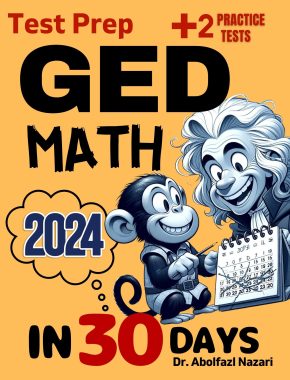


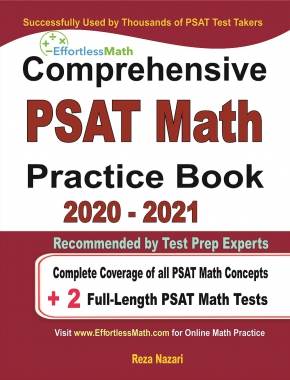



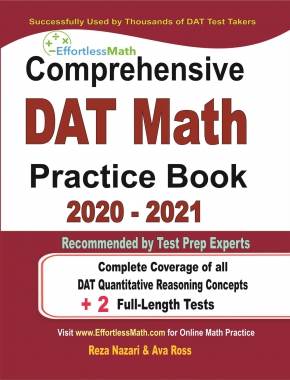


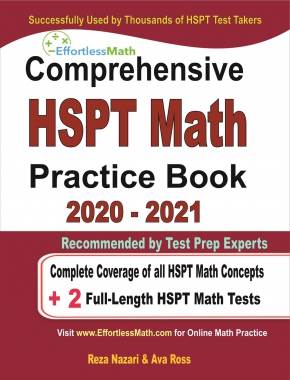




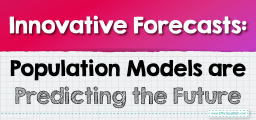
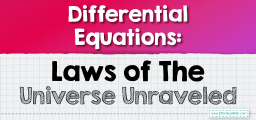

What people say about "Logistic Models And Their Use: Complete Explanation, Examples And More - Effortless Math: We Help Students Learn to LOVE Mathematics"?
No one replied yet.